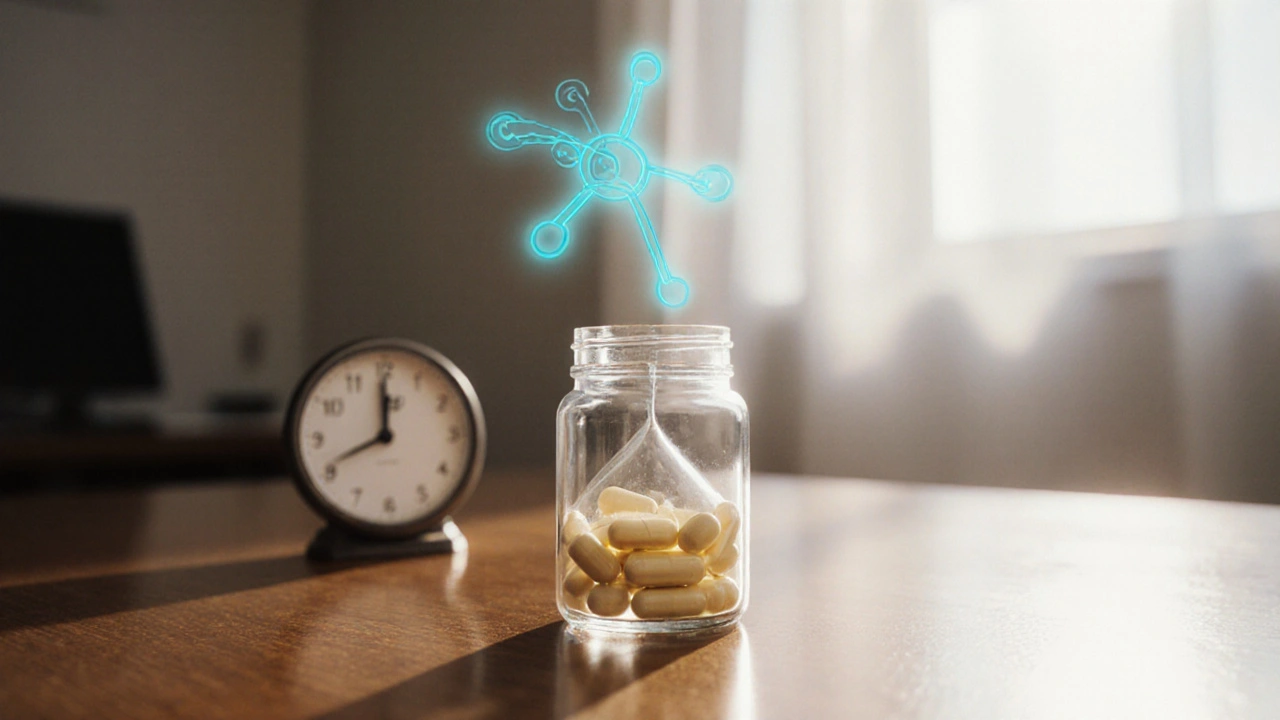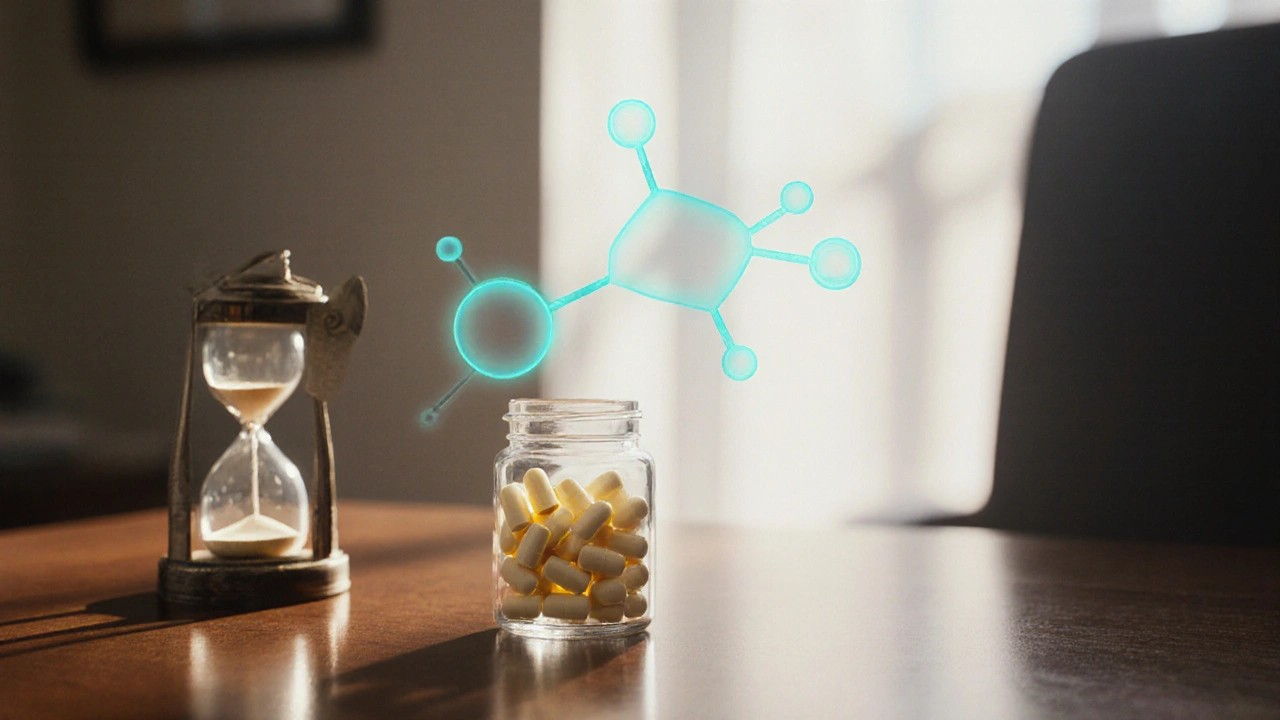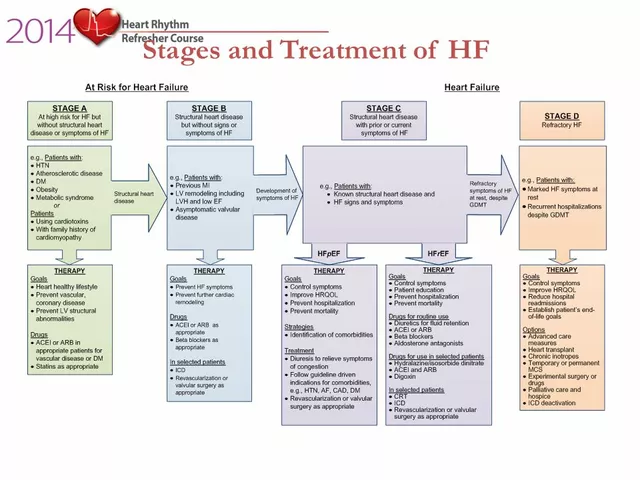When it comes to treating depression, you’ve probably heard the name fluoxetine tossed around a lot. But how does it really stack up against other popular options? This guide walks through the most common alternatives, compares key factors, and helps you decide which medication might fit your needs.
What is Fluoxetine (Flunil)?
Fluoxetine is a selective serotonin reuptake inhibitor (SSRI) marketed under brand names like Prozac and generic names such as Flunil. It was first approved by the FDA in 1987 and quickly became a go‑to treatment for major depressive disorder (MDD), anxiety, and several other conditions. Its long half‑life, about 4‑6 days, means it stays in the body longer than many other SSRIs, which can be a blessing for steady blood levels but also a hurdle when switching medications.
How Fluoxetine Works
The drug belongs to the Selective Serotonin Reuptake Inhibitor (SSRI) class. By blocking the serotonin transporter, it increases the amount of serotonin available in the brain’s synaptic cleft, which helps improve mood and reduce anxiety. The mechanism is the same across most SSRIs, but the pharmacokinetic profile-how fast it’s absorbed, distributed, metabolized, and excreted-varies, influencing onset of action and side‑effect patterns.
Key Factors to Compare Antidepressants
- Onset of therapeutic effect: Some users notice mood improvement within one to two weeks, while others need a month.
- Half‑life and withdrawal: Shorter half‑life drugs may cause discontinuation symptoms sooner.
- Common side effects: Weight change, sexual dysfunction, insomnia, or gastrointestinal upset.
- Drug interactions: Many antidepressants are metabolized by cytochrome P450 (CYP) enzymes; concurrent meds can raise or lower levels.
- Special populations: Pregnancy, older adults, or patients with liver/kidney impairment may need dose adjustments.
Fluoxetine vs Common Alternatives
| Attribute | Fluoxetine (Flunil) | Sertraline | Escitalopram | Citalopram | Paroxetine |
|---|---|---|---|---|---|
| Typical Starting Dose | 20mg once daily | 25‑50mg once daily | 10mg once daily | 20mg once daily | 20mg once daily |
| Half‑Life | 4‑6days (active metabolite 7‑15days) | ≈26hours | ≈27hours | ≈35hours | ≈21hours |
| Weight Impact | Generally weight‑neutral | Weight neutral to slight loss | Weight neutral | Possible modest gain | Higher risk of weight gain |
| Sexual Side Effects | Moderate incidence | Higher than fluoxetine | Lower incidence | Moderate | High incidence |
| Drug‑Interaction Risk (CYP450) | Inhibits CYP2D6 | Weak inhibitor of CYP2D6 | Minimal CYP inhibition | Low interaction profile | Strong inhibitor of CYP2D6 |
| Common Use Cases | Depression, OCD, bulimia, panic disorder | Depression, PTSD, social anxiety | Depression, generalized anxiety | Depression, panic disorder | Depression, anxiety, menopausal symptoms |
Reading the table, a few patterns emerge. Fluoxetine’s long half‑life can smooth out daily dosing fluctuations, making missed doses less risky. However, that same trait can cause lingering side effects if you need to switch drugs quickly. Sertraline tends to be favored for patients who also battle anxiety or PTSD, while escitalopram often wins the “fewest sexual side effects” contest. Citalopram’s dose‑dependent QT‑interval concerns make it a second‑line choice for people with heart issues, and paroxetine’s strong CYP2D6 inhibition raises the bar for potential drug interactions.

Choosing the Right SSRI for You
Deciding isn’t just about side‑effect charts-your personal health profile matters. If you’re prone to weight changes, fluoxetine’s neutral track may feel safer than paroxetine’s notorious gain. For someone who travels a lot and might forget a dose, the long half‑life offers a buffer. Conversely, if you’re on medications that the liver breaks down via CYP2D6, you might want to avoid fluoxetine or paroxetine to prevent accidental spikes.
Another practical tip: ask your doctor about the Major Depressive Disorder severity. Mild to moderate cases often respond well to any SSRI, so the choice can hinge on side‑effect tolerability. Severe or treatment‑resistant depression may push clinicians toward higher‑dose fluoxetine or a switch to an SNRI after trying a few SSRIs.
Potential Side Effects and Interactions
All SSRIs share a core set of possible reactions: nausea, headache, insomnia, dry mouth, and, in about 30% of users, sexual dysfunction. Fluoxetine’s active metabolite, norfluoxetine, means the drug can linger, so any adverse reaction may take longer to fade after stopping.
Because fluoxetine inhibits the CYP2D6 enzyme, it can raise levels of drugs like codeine, tramadol, and certain beta‑blockers. If you’re on a blood thinner such as warfarin, your doctor may monitor clotting times more closely. The same vigilance applies to other SSRIs, though the strength of the interaction varies as the table shows.
When it comes to pregnancy, fluoxetine is classified as Category C in the US, meaning risk can’t be ruled out. Some clinicians prefer sertraline for pregnant patients due to a slightly better safety record, but the decision always balances maternal health against potential fetal exposure.

Bottom Line
If you need a once‑daily pill that’s forgiving of missed doses and you don’t have a history of drug‑interaction problems, fluoxetine is a solid starter. If sexual side effects or weight gain are top concerns, escitalopram or sertraline might be gentler. For patients with heart rhythm issues, steering clear of citalopram is wise, while those on multiple CYP2D6‑metabolized meds should think twice before picking fluoxetine or paroxetine.
Ultimately, the best choice emerges from a conversation with your healthcare provider, a review of your medical history, and a little trial‑and‑error. Keep an eye on how you feel in the first few weeks, and don’t hesitate to report any bothersome symptoms-adjustments early on can save a lot of hassle later.
Frequently Asked Questions
Can I switch from fluoxetine to another SSRI without a washout period?
Because fluoxetine stays in the body for weeks, most doctors recommend a short taper or a two‑week gap before starting a new SSRI. This helps avoid overlapping side effects and serotonin syndrome.
Is fluoxetine effective for anxiety disorders?
Yes, fluoxetine is approved for panic disorder and can help generalized anxiety, but many clinicians prefer sertraline or escitalopram for primary anxiety because they often show faster relief.
What should I do if I experience sexual side effects?
Talk to your doctor. Options include lowering the dose, adding a medication to counteract the effect, or switching to an SSRI with a lower reported incidence like escitalopram.
Is it safe to take fluoxetine with alcohol?
Moderate alcohol is not strictly contraindicated, but both substances depress the central nervous system. Combining them can increase dizziness, sedation, and worsen depression symptoms.
How long does it usually take to feel better on fluoxetine?
Most people notice mood improvement after 2‑4 weeks, but the full therapeutic effect may take up to 8 weeks. Patience and regular follow‑ups are key.






Fluoxetine sounds fine, but I’d rather just skip the drama 😂